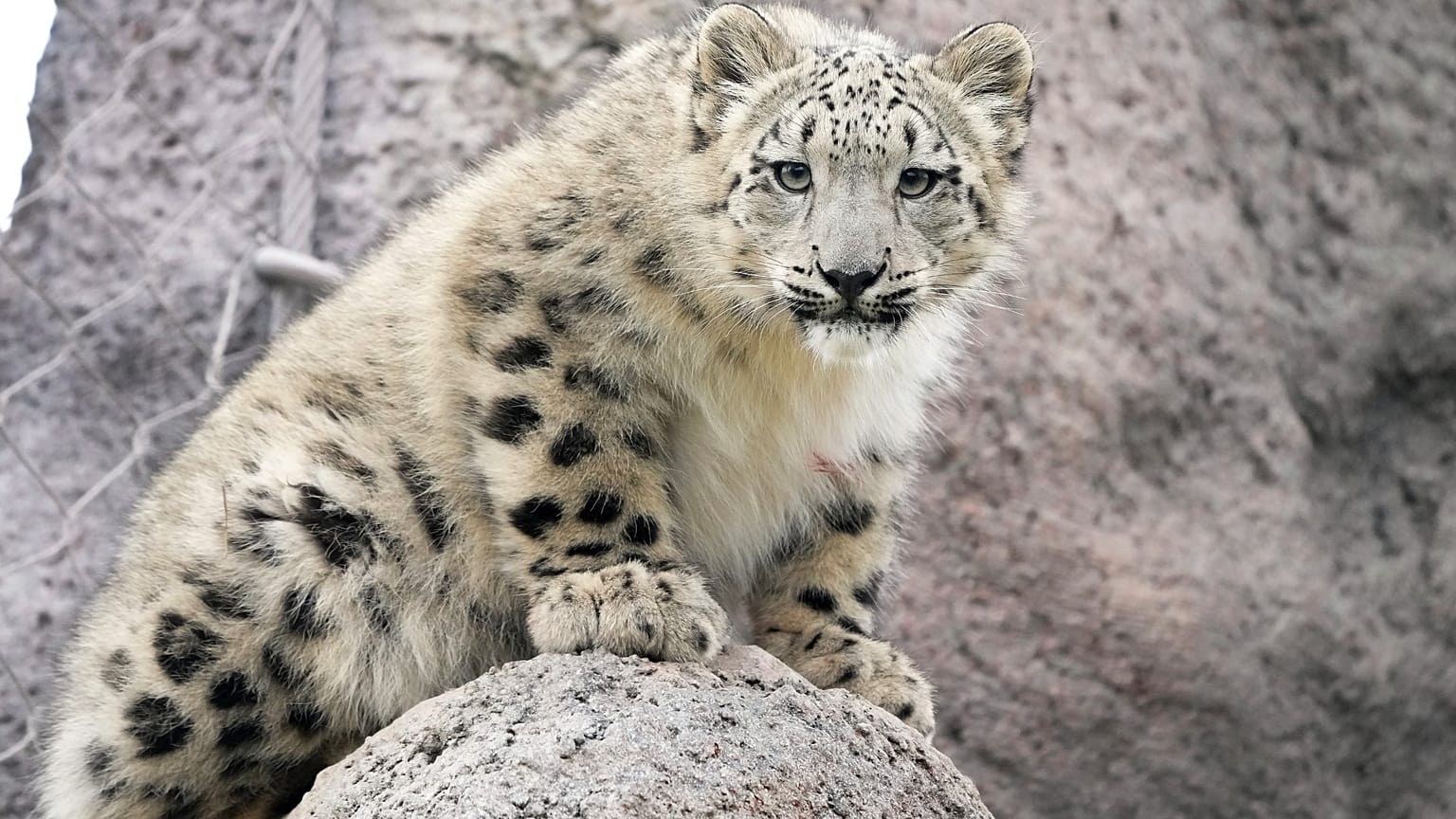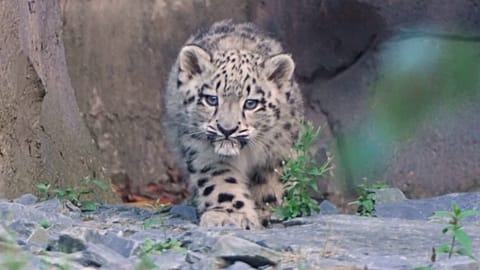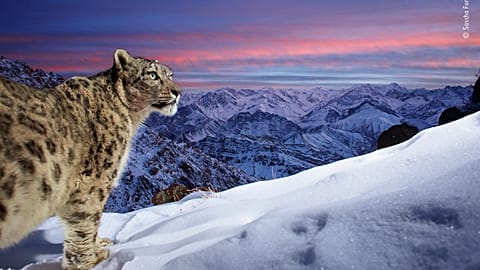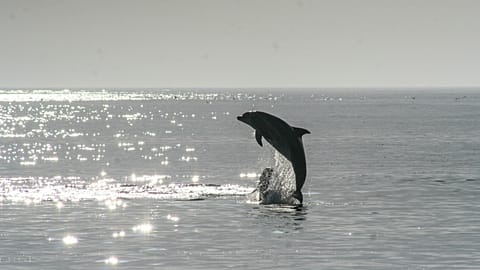Because there aren’t many snow leopards left, they are classified as “vulnerable” on the IUCN Red List.
Snow leopards are at a high risk of extinction in the wild. Poaching and habitat destruction threaten the felines, which are native to the mountain ranges of Central and Asia.
But a new study, published in the Proceedings of the National Academy of Sciences, shows that their genetic makeup could also be influencing their decline.
Snow leopards theatened by climate change
Snow leopards are a majestic species. One of the largest cats, these felines are found in the mountainous regions of 12 Asian countries, including Russia, Afghanistan, Nepal, and Tibet.
These felines are well adapted to these extreme cold and mountainous environments. They are also important keystone species: preying on animals such as the blue sheep of Tibet, the Siberian ibex, and the pika.
But there aren’t many snow leopards left: population estimates range from 4,500 to 7,500. And because of this small population size, they are classified as “vulnerable” on the IUCN Red List.
They are also incredibly susceptible to habitat changes caused by climate change.
“Because their habitat is so inhospitable, human population growth didn’t really affect snow leopards very much, but climate change will,” says Dmitri Petrov, a biologist at Stanford and one of the study’s authors.
“Humans don’t need to show up in their mountains to build or start agriculture. The climate changes, and it affects everyone and everything, even in such remote areas.”
Low genetic density is a problem for snow leopards
For this study, researchers generated whole-genome sequencing data for 37 snow leopards. Prior to this, scientists had only sequenced four genomes of the species.
This new study found that many of these leopards share the same DNA. This makes sense, as these cats have had a small, stable population over a long period of time.
However, low genetic diversity can pose a problem for their survival. Individuals that are similar to each other are more susceptible to environmental changes, disease, and predators. According to the study, it increases their risk of extinction overall in a changing environment.
Is there hope for snow leopards?
The study also revealed that snow leopards have a significantly lower “homozygous load.” There were fewer instances of the cats inheriting potentially harmful mutations. Over time, snow leopards were able to “purge” bad mutations, allowing the population to remain relatively healthy.
This demonstrates that the species can be quite resilient. However, researchers say that isn’t enough to protect against climate change, and hope that this study can inform future conservation efforts.
“If their habitat starts degrading, then snow leopards might go extinct fairly easily, simply because there’s just not much ecological space for them and the total population is so small,” says Petrov.


















